Baron of the Empire
Pronunciation:
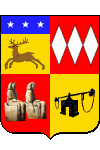
Dominique Vivant De Non was born January 4, 1747 at Givry, near Chalon-sur-Saone, in a family of minor nobility. In his youth he learned to draw in Lyon, then moved to Paris to perfect this art and that of etching, or perhaps in order to attend lectures in law, sources differ.
Some protections soon earned him the direction of the Cabinet of Medals. He was then appointed first secretary of embassy at St. Petersburg (1773-1774). At the end of the Ancien Régime, he worked in the artistic, literary and diplomatic.
He spent most of the years 1779 to 1793 in Italy, in Naples first then in Venice. Expelled from the Serenissima Republic for spying for the Convention he returned to Paris. Jacques-Louis David, at the highest of his political career, convinced Maximilien Robespierre to delete the name of Denon from the list of emigrants and even to call him to the position of national engraver.
Under the Directory, Denon frequented the salon of Madame de Beauharnais. He befriended the young General Napoleon Bonaparte, and accompanied him in his Egyptian expedition. Vivant Denon witnessed the conquest of Alexandria and Cairo and accompanies General Desaix in that of Upper Egypt.
Back to France in the company of Bonaparte, Denon related his journey and published his sketches (over three hundred, sometimes executed in hazardous conditions) in Voyage dans la Basse et la Haute Égypte pendant les campagnes du général Bonaparte. This book, immediately translated into several languages, was one of the greatest publishing success in 1802. It contributed greatly to the wave of Egyptomania that would soon sweep Europe.
On November 19, 1802, the First Consul appointed Vivant Denon as director of the Central Museum of Arts – soon renamed Napoleon Museum – housed in the former palace of the Louvre . This job extended to the administration of official orders and to that of the minting of coins and medals. It gave his holder the control over the great works of architecture (Vendome column , arch of the Carrousel ), the Manufacture de Sèvres and Gobelins, and on the furniture of the imperial palaces. Denon had to bracket his activities as an artist and writer, but he became something like a Minister of Fine Arts and earned the title of Baron.
Throughout the Empire, Vivant Denon followed Napoleon I in his conquests and was responsible for selecting, in the private and public collections of the vanquished, the pieces that would enrich the Napoleon museum. He manifested in this activity a so exceptionally sure taste that Louis XVIII, in 1814, confirmed Denon in his post.
After the Hundred Days, however, he was forced to resign, not without having to return to their former owners many of the works of the museum. He retired in the middle of his personal collection, and died in Paris, Quai Voltaire, April 27, 1825.
"Baron Dominique Vivant Denon" by Robert Jacques François Faust Lefèvre (Bayeux 1755 - Paris 1830).
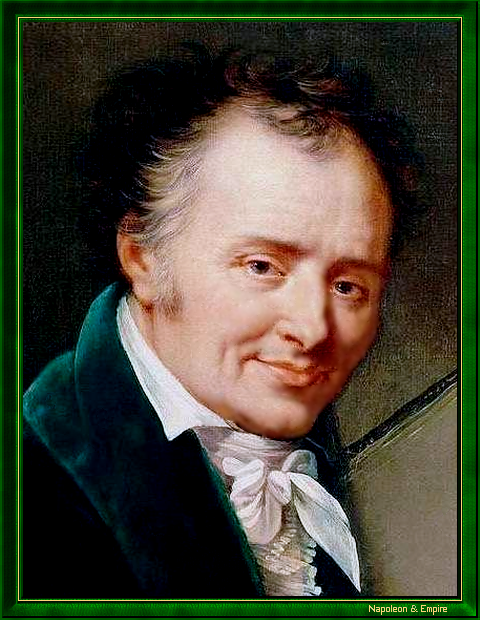
The work of Vivant Denon includes six hundred plates of engraving and three hundred sketches from Egypt.
Nowadays, one wing of the Louvre Museum bears his name.
His tomb, surmounted by a bronze statue by the sculptor Pierre Cartellier , is in Paris, Père Lachaise cemetery, Division 10.
Other portraits
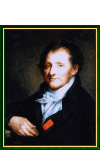
Enlarge
"Baron Dominique Vivant Denon" by Jean-Baptiste Greuze (Tournus 1725 - Paris 1805).
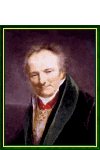
Enlarge
"Baron Vivant Denon, Director of the Central Museum of Arts" by Pierre-Paul Prud'hon (Cluny 1758 - Paris 1823).
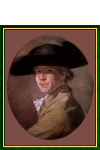
Enlarge
"Dominique Vivant Denon". Selfportrait.
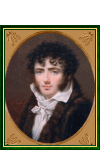
Enlarge
"Dominique Vivant Denon". Miniature on ivory by Vincent Bertrand (Paris 1770 - after 1818).